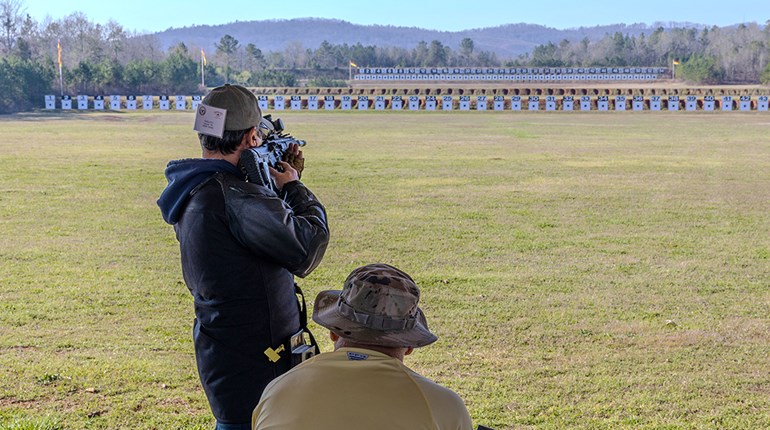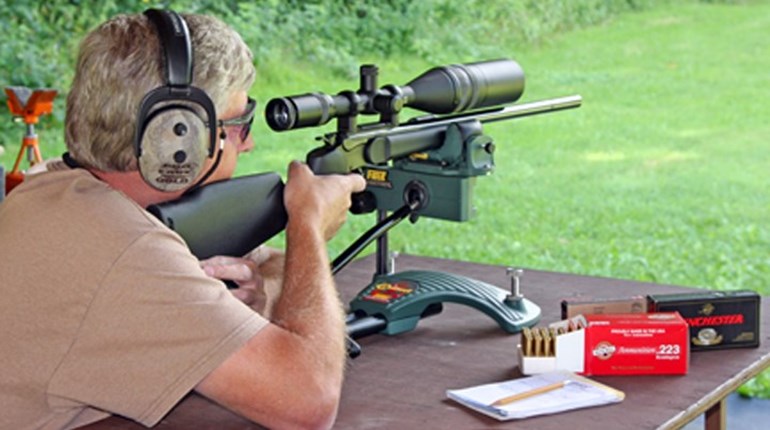
Shooting a rifle accurately may prove difficult, especially for the timid, scope-bitten or recoil-shy shooter. Through proper equipment setup we can trim down on the error-inducing variables of the accuracy equation. One of the biggest overlooked pieces of kit is the sling—and it’s of more use than just a carry strap. When utilized properly, it can help prevent scope bite and excessive perceived recoil. 
A sling uses simple, geometric bracing to combat and assist the laws of physics. When used appropriately, the sling is a support mechanism that helps stabilize the shooter much like a bridge’s trussing uses triangulation to offset load and shock points, all while stabilizing. The sling will assist in firearm control, effectively helping the shooter absorb recoil and maintain proper control after the shot.
Of course to affix a sling to complete the shooting system, the rifle must first be able to accommodate such an accessory. Styles of attaching slings vary. For general hunting rifles, studs are placed on the forearm and buttstock heel—this is where a sling simply and securely attaches. Aftermarket items are available for firearms ill-equipped for sling use.
Mastering a traditional “hasty sling,” the simplest and fastest to employ, would be the best place to begin. This simple sling method will mitigate recoil and minimize muscle fatigue as well as enhance shooter support and increase accuracy.
Here’s how to make it work for you:
- With a simple two-point carry-strap style sling, insert your support hand between and through the sling and rifle.
- Once your arm has reached full extension, swivel your forearm around the outside of the sling, like a snake climbing up a vine.
- Now grab the rifle’s forearm with your support hand.
- Raise the firearm into shooting position. Some adjustment may be required.
Be proactive and arm yourself with knowledge, skills and tools to head from the house sharper and more refined. Finding the perfect sling solution ultimately relies on shooter physique, preference and shooting style. But by starting simple, you can then expand your skills.







































